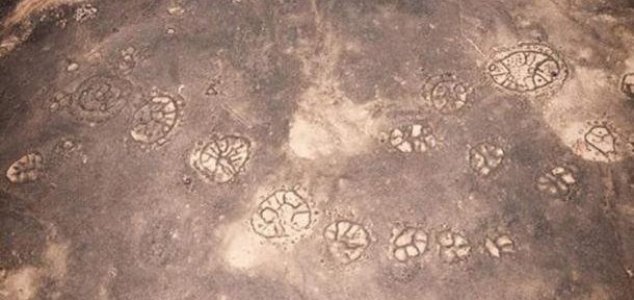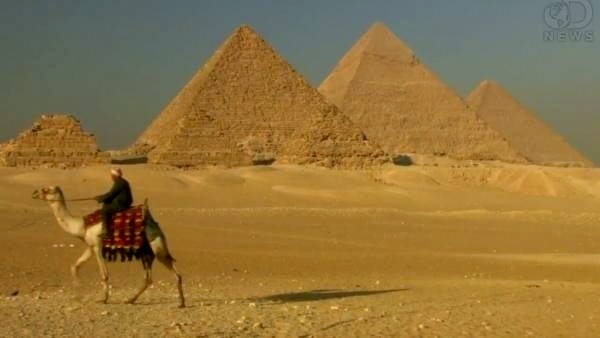
The designs are shallow lines made in the ground by removing the reddish pebbles and uncovering the whitish/grayish ground beneath. Hundreds are simple lines or geometric shapes; more than 70 are zoomorphic designs of animals such as birds, fish, llamas, jaguars, monkeys, or human figures. Other designs include phytomorphic shapes such as trees and flowers. The largest figures are over 200 m (660 ft) across. Scholars differ in interpreting the purpose of the designs, but in general, they ascribe religious significance to them.
Due to its isolation and to the dry, windless, and stable climate of the plateau, the lines have mostly been naturally preserved. Extremely rare changes in weather may temporarily alter the general designs. As of recent years, the lines are said to have been deteriorating due to an influx of squatters inhabiting the lands.
Contrary to the popular belief that the lines and figures can only be seen with the aid of flight, they are visible from atop the surrounding foothills.
The enigmatic geoglyphs, which were first discovered during World War One, come in a wide range of different shapes and sizes and can be found across the entire Arabia region from Syria to Yemen.
Researchers now believe that some of the patterns might even predate the famous Nazca Lines of Peru and that they have been arranged in such a way so as to have astronomical significance.
The spoked wheel designs have been of particular interest as the spokes appear to exhibit a southeast-northwest orientation in alignment with sunrise during the winter solstice.
Some of the patterns may have also been associated with burials or had ritualistic significance.
Like the Nazca Lines the mysterious geoglyphs are only really apparent from far above, despite the fact that the technology to view them from such a height wouldn’t be invented for several millennia.
The Bedouin, who frequent these desert regions, refer to the formations as “works of the old men.”
Originally posted 2016-01-05 15:34:31. Republished by Blog Post Promoter

![news-jordan-geoglyphs[1]](https://coolinterestingnews.com/wp-content/uploads/2016/01/news-jordan-geoglyphs1.jpg)












